Home>Home Appliances>Kitchen Appliances>How To Use The Breville Espresso Machine
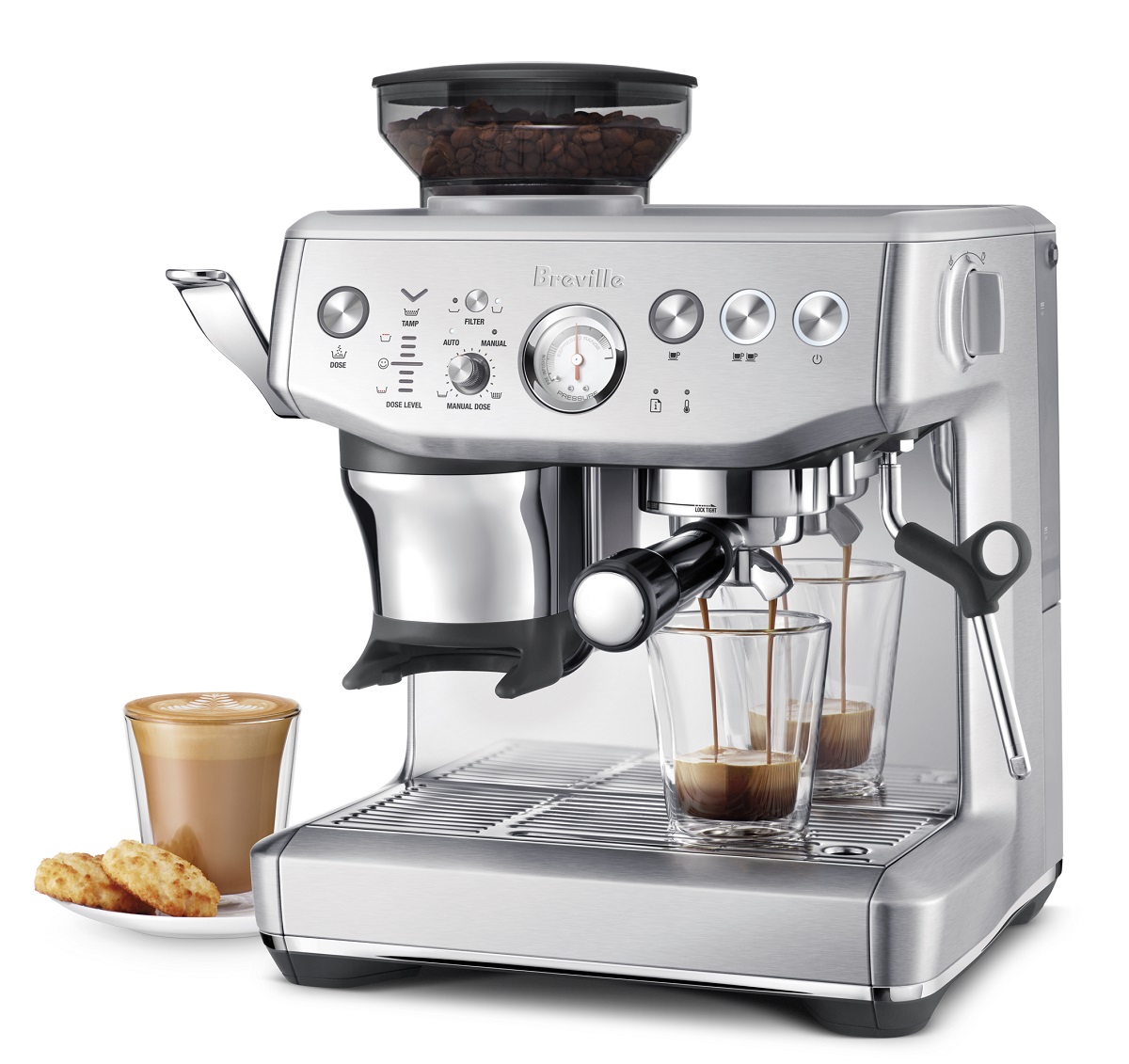

Kitchen Appliances
How To Use The Breville Espresso Machine
Modified: March 25, 2024
Learn how to use the Breville espresso machine to create delicious coffee at home. Find expert tips and tricks for mastering this essential kitchen appliance. Ideal for coffee lovers and kitchen appliance enthusiasts.
(Many of the links in this article redirect to a specific reviewed product. Your purchase of these products through affiliate links helps to generate commission for Storables.com, at no extra cost. Learn more)
Introduction
Welcome to the world of barista-quality coffee at home with the Breville Espresso Machine. Whether you're a seasoned coffee enthusiast or a newcomer to the art of espresso making, this versatile and user-friendly machine is designed to elevate your coffee experience. In this comprehensive guide, we will walk you through everything you need to know to make the most of your Breville Espresso Machine. From getting to know the various components to mastering the art of crafting the perfect espresso shot and frothing velvety milk, we've got you covered.
The Breville Espresso Machine is not just a kitchen appliance; it's a gateway to a world of rich, aromatic, and indulgent coffee creations. With its sleek design and intuitive features, this machine is a true standout in the realm of home coffee makers. Whether you prefer a classic espresso, a creamy latte, or a frothy cappuccino, this machine empowers you to unleash your inner barista and create café-quality beverages right in your own kitchen.
In the following sections, we will delve into the specifics of using and maintaining your Breville Espresso Machine. You'll learn how to prepare the machine for use, the step-by-step process of making espresso, the art of frothing milk to perfection, and the essential maintenance practices to keep your machine in top condition. Additionally, we'll cover troubleshooting tips to address any potential issues that may arise, ensuring that you can continue enjoying your coffee with confidence.
So, grab your favorite coffee beans, prepare to embark on a journey of aromatic delights, and let's dive into the world of Breville Espresso Machine mastery. Whether you're seeking the perfect morning pick-me-up or aiming to impress guests with your coffee-making prowess, this guide will equip you with the knowledge and skills to make every cup a memorable experience. Let's unlock the potential of your Breville Espresso Machine and elevate your coffee game to new heights.
Key Takeaways:
- Master the art of crafting barista-quality coffee at home with the Breville Espresso Machine. From perfecting the espresso shot to frothing velvety milk, become a home barista extraordinaire and elevate your coffee game.
- Keep your Breville Espresso Machine in top condition with simple cleaning and maintenance practices. Preserve its performance and ensure consistently exceptional coffee creations for a delightful and aromatic coffee experience.
Getting to Know Your Breville Espresso Machine
Before diving into the process of crafting delicious espresso and specialty coffee drinks, it’s essential to familiarize yourself with the key components and features of your Breville Espresso Machine. Understanding the machine’s layout and functionalities will set the stage for seamless operation and optimal performance.
Key Components:
- Portafilter: This is the handle-like device with a filter basket attached. It’s used to hold the coffee grounds and is an integral part of the espresso-making process.
- Water Tank: The reservoir for storing water, which is used to brew the espresso and generate steam for frothing milk.
- Steam Wand: This is the nozzle located on the side of the machine, used for frothing and steaming milk to create luscious microfoam for your favorite milk-based coffee beverages.
- Control Panel: The interface where you’ll find buttons, dials, and indicators for controlling various functions such as brewing, steaming, and adjusting settings.
- Drip Tray: Located at the base of the machine, the drip tray collects any excess water or coffee that may drip during the brewing process.
Features and Functions:
- Pre-Infusion: Some Breville Espresso Machine models offer a pre-infusion feature, which moistens the coffee grounds before full extraction, enhancing the flavors and aromas of the espresso.
- Programmable Shot Volume: The ability to program the volume of espresso shots allows for customization based on personal preferences and the specific coffee drink being prepared.
- Hot Water Dispenser: In addition to brewing espresso, the machine may have a hot water dispensing function, ideal for making Americanos or brewing tea.
- Integrated Grinder (Optional): Certain models may feature a built-in grinder, allowing you to grind fresh coffee beans directly before brewing, ensuring maximum freshness and flavor.
By understanding the role of each component and the capabilities of the machine, you’ll be well-equipped to harness its full potential. Familiarizing yourself with these elements sets the foundation for the next steps in your journey to becoming a home barista extraordinaire.
Preparing Your Breville Espresso Machine
Before you embark on the delightful journey of creating espresso and other specialty coffee beverages, it’s crucial to ensure that your Breville Espresso Machine is properly prepared for use. This preparation process sets the stage for optimal extraction, flavorful results, and a smooth coffee-making experience.
1. Water Reservoir: Begin by filling the water tank with fresh, cold water. The quality of the water used significantly impacts the taste of your coffee, so it’s recommended to use filtered water for the best results. Ensure that the water tank is securely in place and that the machine is powered on and ready to go.
2. Warm-Up Time: Your Breville Espresso Machine requires a brief warm-up period to reach the optimal brewing temperature. This typically takes a few minutes, during which the machine’s heating elements work to achieve the ideal temperature for extracting espresso. Refer to the machine’s manual for specific warm-up instructions based on your model.
3. Flush the System: Before brewing your first shot of espresso, it’s advisable to run a “blank shot” or “water cycle” without coffee grounds. This process helps to ensure that any residual water in the system is flushed out, providing a clean start for your espresso extraction. Follow the manufacturer’s guidelines for performing this step.
4. Pre-Heat Cups (Optional): For an added touch of coffeehouse authenticity, consider pre-heating your espresso cups by rinsing them with hot water or placing them on the cup warming tray if your machine is equipped with this feature. Pre-warming the cups helps maintain the ideal temperature of the freshly brewed espresso.
5. Check Grind Size and Dosage: If your Breville Espresso Machine includes a built-in grinder or if you’re using pre-ground coffee, ensure that the grind size and coffee dosage are adjusted to suit your preferred espresso style. Refer to the machine’s manual for guidance on the recommended settings for different types of coffee.
By meticulously preparing your Breville Espresso Machine, you set the foundation for consistently exceptional coffee creations. Attention to these pre-brewing steps ensures that the machine is primed for optimal performance, setting the stage for the artful extraction of rich, aromatic espresso with every brew.
Making Espresso
Now that you’re acquainted with your Breville Espresso Machine and have it primed for use, it’s time to delve into the art of crafting the perfect espresso shot. The following step-by-step guide will walk you through the process, empowering you to extract rich, flavorful espresso with confidence and precision.
1. Select and Grind Your Coffee: Begin by choosing high-quality coffee beans and grinding them to the appropriate fineness. For espresso, a fine grind is typically recommended to facilitate optimal extraction and the formation of a rich crema, the golden-brown layer that crowns a well-prepared espresso shot.
2. Fill and Tamp the Portafilter: Load the portafilter with the freshly ground coffee, ensuring a level and uniform distribution. Tamp the coffee grounds firmly and evenly using a consistent pressure to create a compact puck within the filter basket. This step is crucial for promoting even extraction during brewing.
3. Insert the Portafilter and Initiate Extraction: With the portafilter securely in place, initiate the brewing process according to the machine’s instructions. Depending on your model, you may have the option to select single or double shot extraction, as well as the ability to customize the volume of the espresso shot to suit your preferences.
4. Observe the Extraction: As the espresso is being extracted, observe the flow of the coffee and the formation of the crema. Ideally, the espresso should flow steadily, and the crema should exhibit a rich, golden hue, indicating a well-executed extraction. Adjust the grind size and tamping pressure as needed to achieve the desired results.
5. Serve and Enjoy: Once the extraction is complete, carefully remove the portafilter, admire the velvety crema atop the espresso, and savor the delightful aroma. Serve the espresso immediately in a pre-warmed cup to preserve its optimal temperature and flavor profile.
Mastering the art of making espresso with your Breville Espresso Machine is a gratifying endeavor that rewards precision and attention to detail. By honing your technique and familiarizing yourself with the nuances of the brewing process, you’ll soon be crafting espresso shots that rival those served in the finest cafés.
When using the Breville Espresso Machine, make sure to preheat the machine and the cup, use freshly ground coffee, and tamp it down firmly to ensure a good extraction.
Frothing Milk
One of the defining features of specialty coffee beverages is the luxurious, velvety milk foam that adorns classics such as lattes, cappuccinos, and macchiatos. With your Breville Espresso Machine, you have the capability to froth and steam milk to perfection, adding a delightful dimension to your coffee creations. Let’s explore the art of frothing milk and mastering the techniques for achieving creamy microfoam that enhances the flavor and presentation of your favorite drinks.
1. Selecting the Right Milk: The type of milk you choose plays a significant role in the frothing process. While whole milk is known for producing rich and creamy foam, alternative options such as oat milk, almond milk, or soy milk can also be frothed to create delicious dairy-free variations of traditional coffee beverages.
2. Preparing the Steam Wand: Before frothing, purge the steam wand by releasing a short burst of steam to expel any condensed water that may be present. This ensures that the steam is pure and ready for frothing, preventing dilution of the milk and facilitating optimal foam formation.
3. Frothing Technique: Submerge the steam wand into the milk pitcher at a slight angle, positioning it just below the surface of the milk. Turn on the steam function and begin frothing, gradually lowering the pitcher to create a whirlpool motion within the milk. This technique promotes even heating and the creation of silky, uniform foam.
4. Monitoring Temperature: As you froth the milk, pay attention to the temperature. The ideal range for frothing milk is typically between 150°F and 160°F (65°C to 71°C), at which point the milk achieves a perfect balance of sweetness and creaminess. Avoid overheating the milk, as it can result in a burnt flavor and undesirable texture.
5. Texture and Consistency: Aim to achieve a smooth, glossy microfoam with a velvety texture. The foam should have a fine, creamy consistency and incorporate seamlessly with the steamed milk, creating a harmonious blend that complements the espresso in your chosen coffee beverage.
By mastering the art of frothing milk with your Breville Espresso Machine, you’ll elevate your coffee creations to new heights, infusing them with a touch of indulgence and sophistication. Whether you’re crafting a latte art masterpiece or savoring a comforting cappuccino, the ability to froth milk with finesse is a hallmark of your journey as a home barista.
Read more: How To Descale The Breville Espresso Machine
Cleaning and Maintenance
To ensure the longevity, performance, and hygienic operation of your Breville Espresso Machine, regular cleaning and maintenance are essential. By incorporating simple yet effective cleaning practices into your coffee-making routine, you can preserve the machine’s functionality and safeguard the quality of your coffee beverages. Let’s explore the key aspects of cleaning and maintaining your Breville Espresso Machine to keep it in top condition.
1. Daily Cleaning: After each use, it’s important to wipe down the exterior of the machine with a damp cloth to remove any coffee residue, milk splatters, or water spots. This not only keeps the machine looking pristine but also prevents the buildup of grime that can affect its performance over time.
2. Portafilter and Filter Baskets: Regularly remove the portafilter and thoroughly clean the filter baskets to prevent the accumulation of coffee oils and grounds. A gentle rinse with warm water and occasional use of a mild detergent ensures that the brewing components remain free from residual flavors and odors.
3. Steam Wand Maintenance: After frothing milk, purge the steam wand and wipe it with a damp cloth to remove any milk residue. This prevents clogging and maintains the hygiene of the steam wand, ensuring that it continues to produce high-quality microfoam for your milk-based beverages.
4. Descaling the Machine: Over time, mineral deposits from water can accumulate within the internal components of the espresso machine, affecting its performance and the flavor of your coffee. Regular descaling using a manufacturer-approved descaling solution is crucial to remove these deposits and maintain optimal brewing conditions.
5. Filter Replacement and Maintenance: If your Breville Espresso Machine utilizes water filters, adhere to the recommended filter replacement schedule to ensure that the water used for brewing is free from impurities and off-flavors. Additionally, inspect and clean the filter holder and shower screen to prevent blockages and maintain consistent water distribution during brewing.
6. Exterior Care: Protect the exterior surfaces of the machine from scratches and discoloration by using appropriate cleaning products and avoiding abrasive materials. Regularly polish and maintain the exterior to preserve its aesthetic appeal and ensure long-term durability.
By integrating these cleaning and maintenance practices into your coffee-making routine, you’ll not only prolong the life of your Breville Espresso Machine but also uphold the quality and integrity of your coffee creations. A well-maintained machine is the cornerstone of a consistently exceptional coffee experience, ensuring that every cup you brew is a testament to your dedication to the art of coffee craftsmanship.
Troubleshooting
While the Breville Espresso Machine is designed for intuitive operation and exceptional performance, occasional issues or concerns may arise during its use. Understanding common troubleshooting techniques empowers you to address minor challenges swiftly, ensuring that your coffee-making experience remains seamless and enjoyable. Let’s explore some troubleshooting tips to help you navigate potential issues with your Breville Espresso Machine.
1. Inadequate Crema Formation: If you notice that your espresso shots lack the desired crema or exhibit a weak crema layer, consider adjusting the grind size of the coffee to achieve a finer consistency. Additionally, ensure that the coffee is freshly ground and properly tamped to promote optimal extraction and crema formation.
2. Steaming Issues: If you encounter difficulties with the steam wand’s performance, such as insufficient steam pressure or inconsistent frothing, check for any obstructions within the steam wand and ensure that it is properly positioned within the milk pitcher. Purging the wand before use can also help clear any blockages and improve steam flow.
3. Uneven Extraction: In the event of uneven extraction, where the espresso flows too quickly or too slowly, review the grind size and tamping pressure to ensure uniformity. Adjusting these variables can help achieve a balanced extraction and a well-rounded flavor profile in your espresso shots.
4. Machine Not Powering On: If your Breville Espresso Machine fails to power on, verify that the power cord is securely connected to a functional power outlet. Additionally, check for any tripped circuit breakers or blown fuses that may be affecting the machine’s power supply.
5. Water Flow Issues: Should you encounter challenges with water flow during brewing, such as slow or inconsistent dispensing, inspect the water tank and ensure it is adequately filled and properly positioned. Additionally, check for any clogs or blockages within the machine’s internal components that may impede water circulation.
6. Excessive Dripping or Leaking: If you notice excessive dripping or leaking from the machine, examine the seal and integrity of the portafilter gasket to ensure a secure fit. Tighten the portafilter firmly during brewing to minimize the potential for leaks and drips.
By familiarizing yourself with these troubleshooting strategies, you can address minor concerns and optimize the performance of your Breville Espresso Machine with confidence. Should you encounter persistent or complex issues, referring to the machine’s manual or seeking assistance from authorized service providers can provide comprehensive solutions to ensure the continued enjoyment of your coffee-making endeavors.
Conclusion
Congratulations on embarking on a captivating journey into the realm of specialty coffee with your Breville Espresso Machine. Throughout this guide, we’ve explored the intricacies of using, maintaining, and troubleshooting your machine, equipping you with the knowledge and skills to become a proficient home barista. As you continue to hone your craft and delight in the art of coffee making, remember that each cup you create is a reflection of your passion for exceptional coffee.
Your Breville Espresso Machine is not merely a kitchen appliance; it’s a gateway to indulgent moments of aromatic bliss, a conduit for creativity, and a symbol of the joy found in savoring the perfect cup of coffee. Whether you’re crafting a meticulously balanced espresso shot, frothing milk to silky perfection, or delighting in the art of latte artistry, your journey as a home barista is a testament to the pursuit of excellence.
As you continue to explore the nuances of coffee preparation, remember that experimentation and discovery are integral to the journey. Embrace the opportunity to explore different coffee beans, refine your brewing techniques, and share the fruits of your labor with friends and loved ones. Each cup of coffee you create is an opportunity to craft a moment of comfort, connection, and delight.
With your newfound expertise and the versatile capabilities of the Breville Espresso Machine at your fingertips, every coffee-making session becomes an opportunity to indulge in the art of craftsmanship and savor the fruits of your dedication. Whether you’re seeking a tranquil morning ritual, an afternoon pick-me-up, or a delightful conclusion to a shared meal, your Breville Espresso Machine stands ready to bring your coffee aspirations to life.
So, as you embark on this enriching journey, may each cup you create serve as a testament to your dedication to the art of coffee making and a celebration of the exquisite flavors and aromas that enrich our lives. With your Breville Espresso Machine as your trusted ally, may every sip be a reminder of the joy found in the pursuit of the perfect cup of coffee.
Frequently Asked Questions about How To Use The Breville Espresso Machine
Was this page helpful?
At Storables.com, we guarantee accurate and reliable information. Our content, validated by Expert Board Contributors, is crafted following stringent Editorial Policies. We're committed to providing you with well-researched, expert-backed insights for all your informational needs.
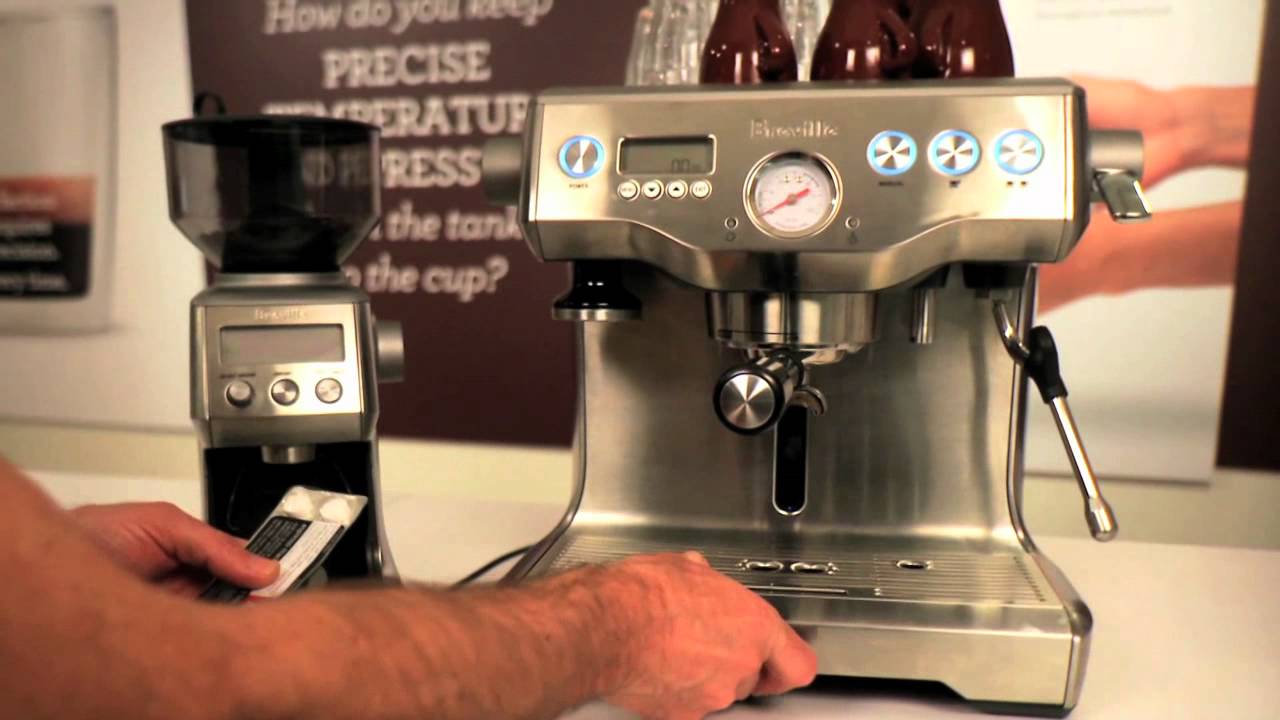
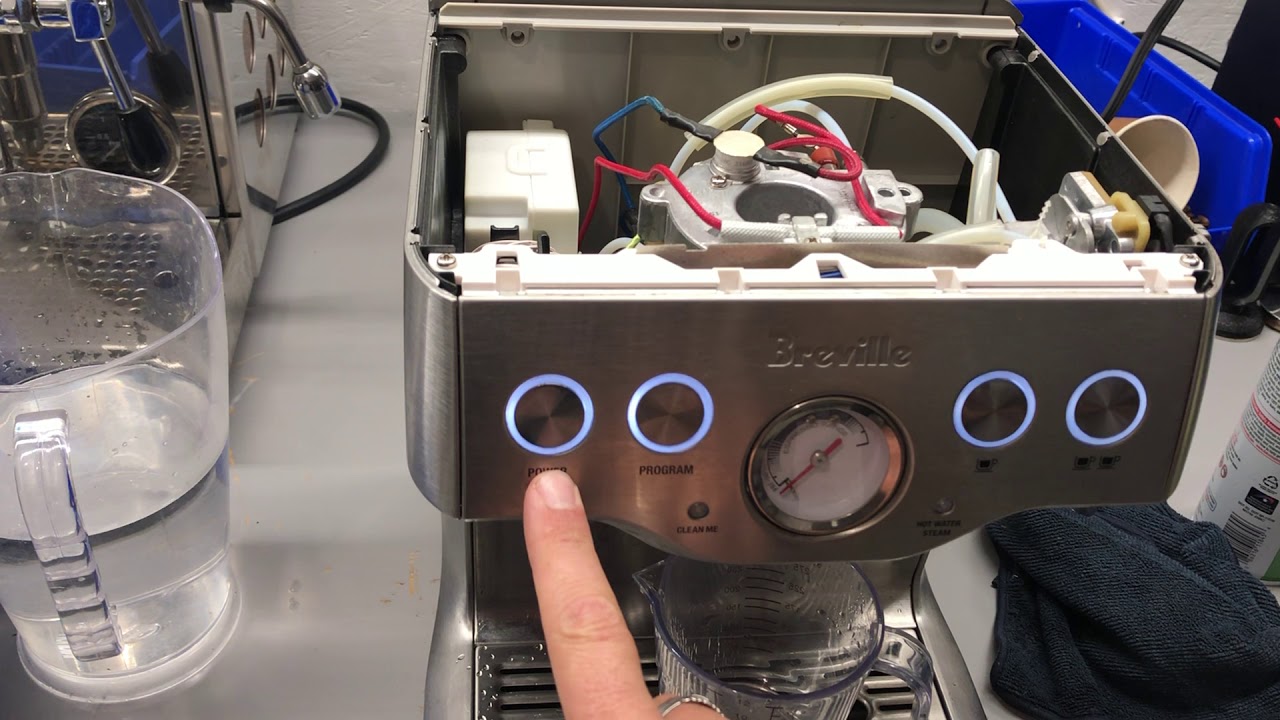
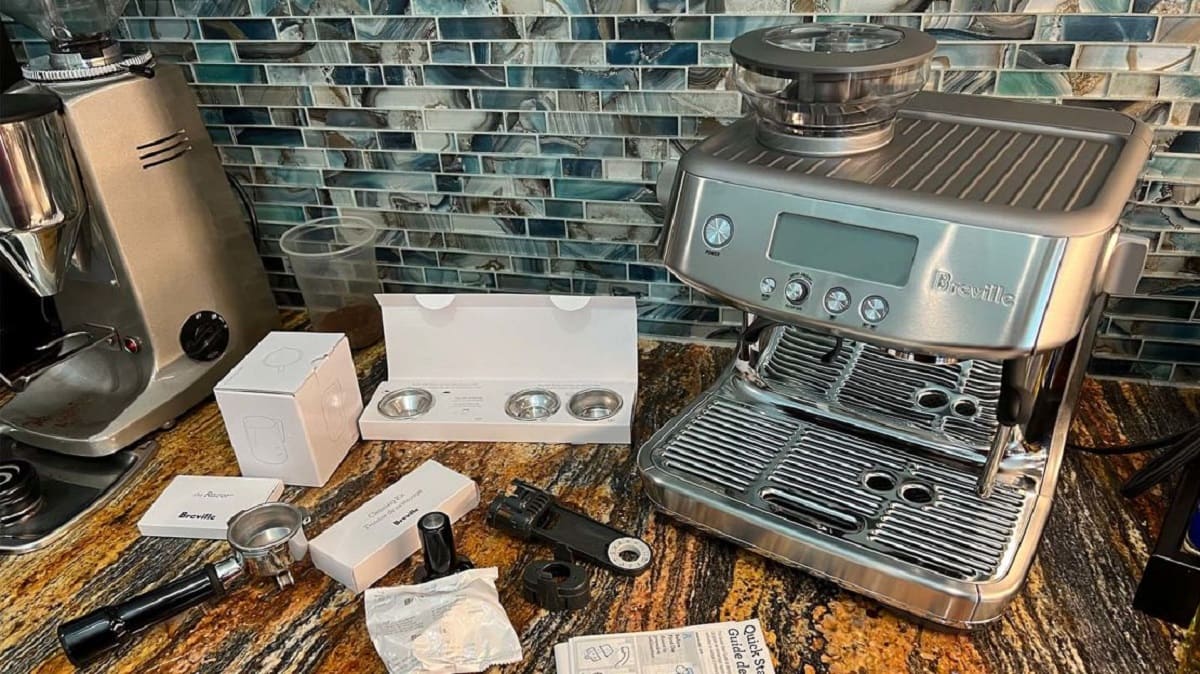
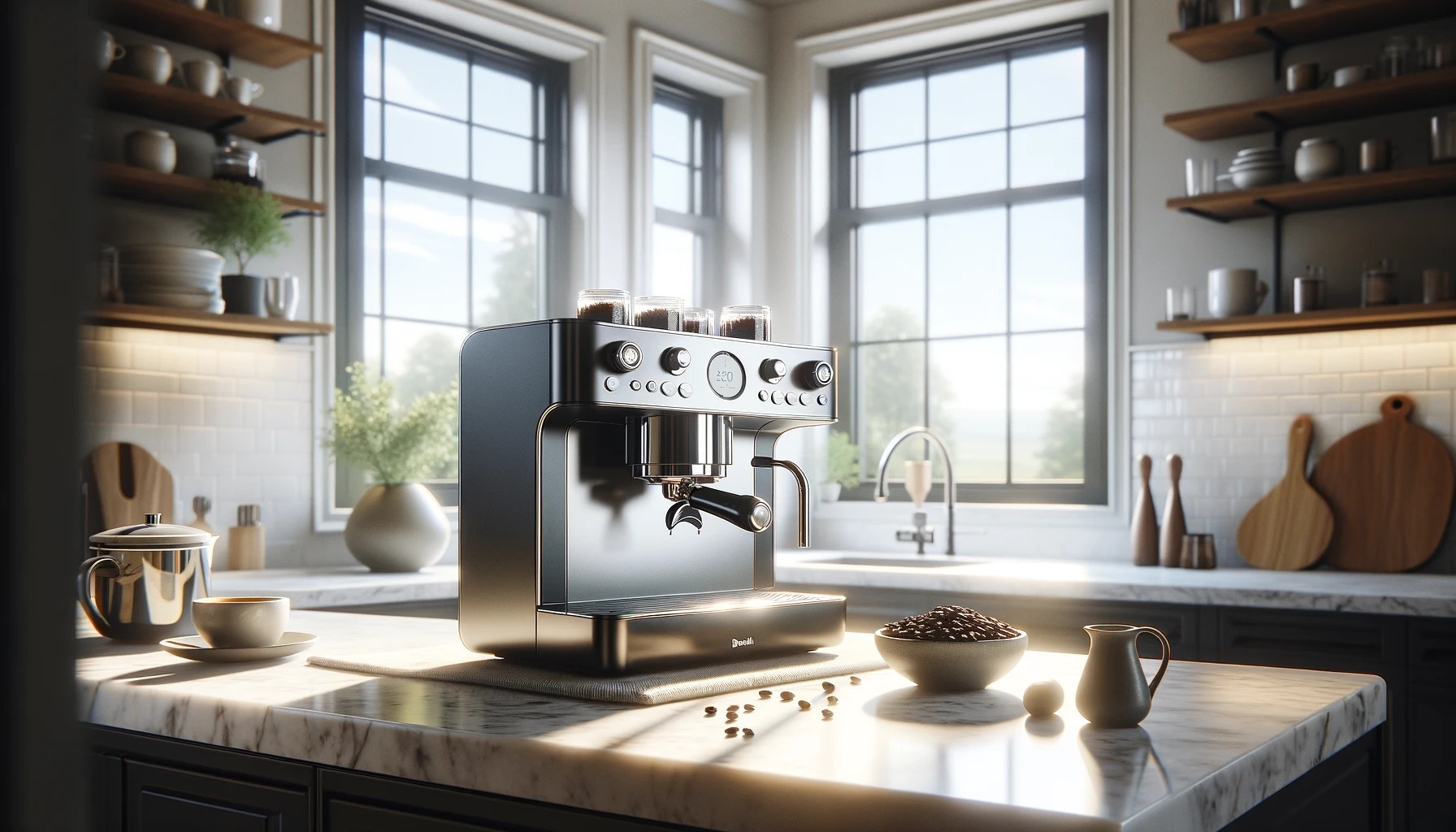

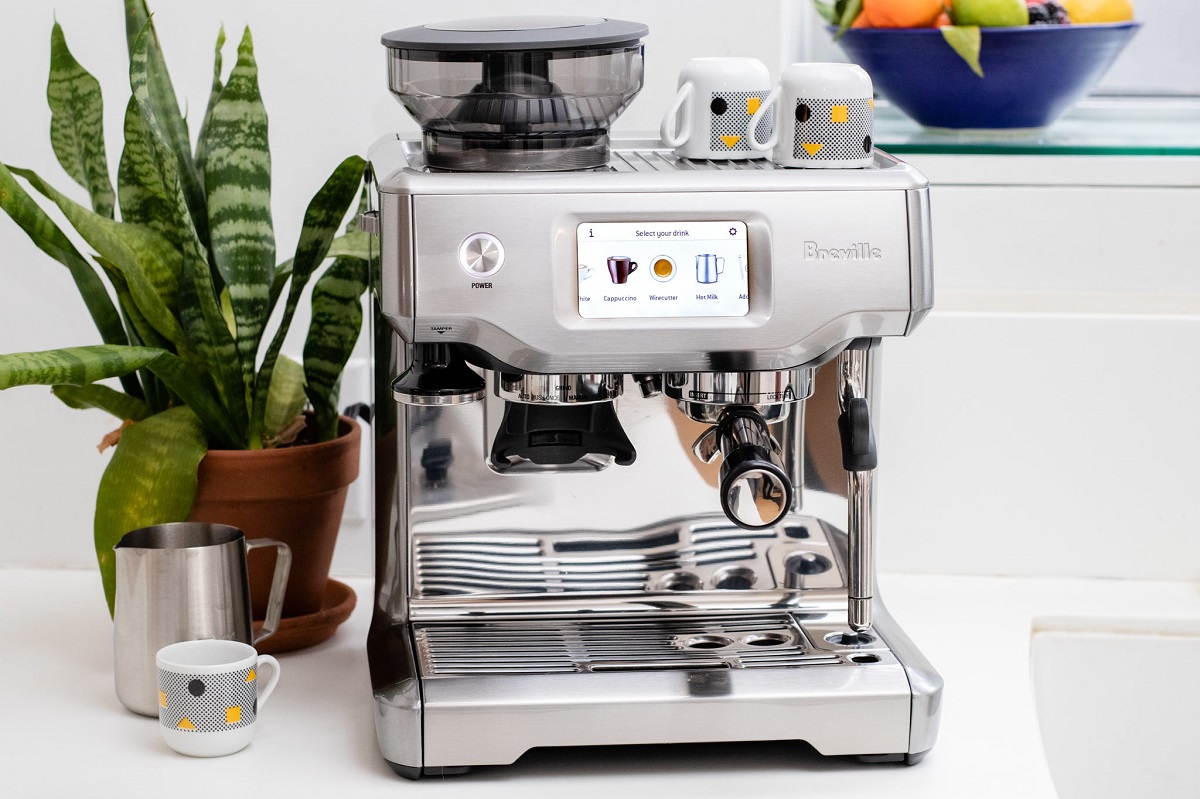
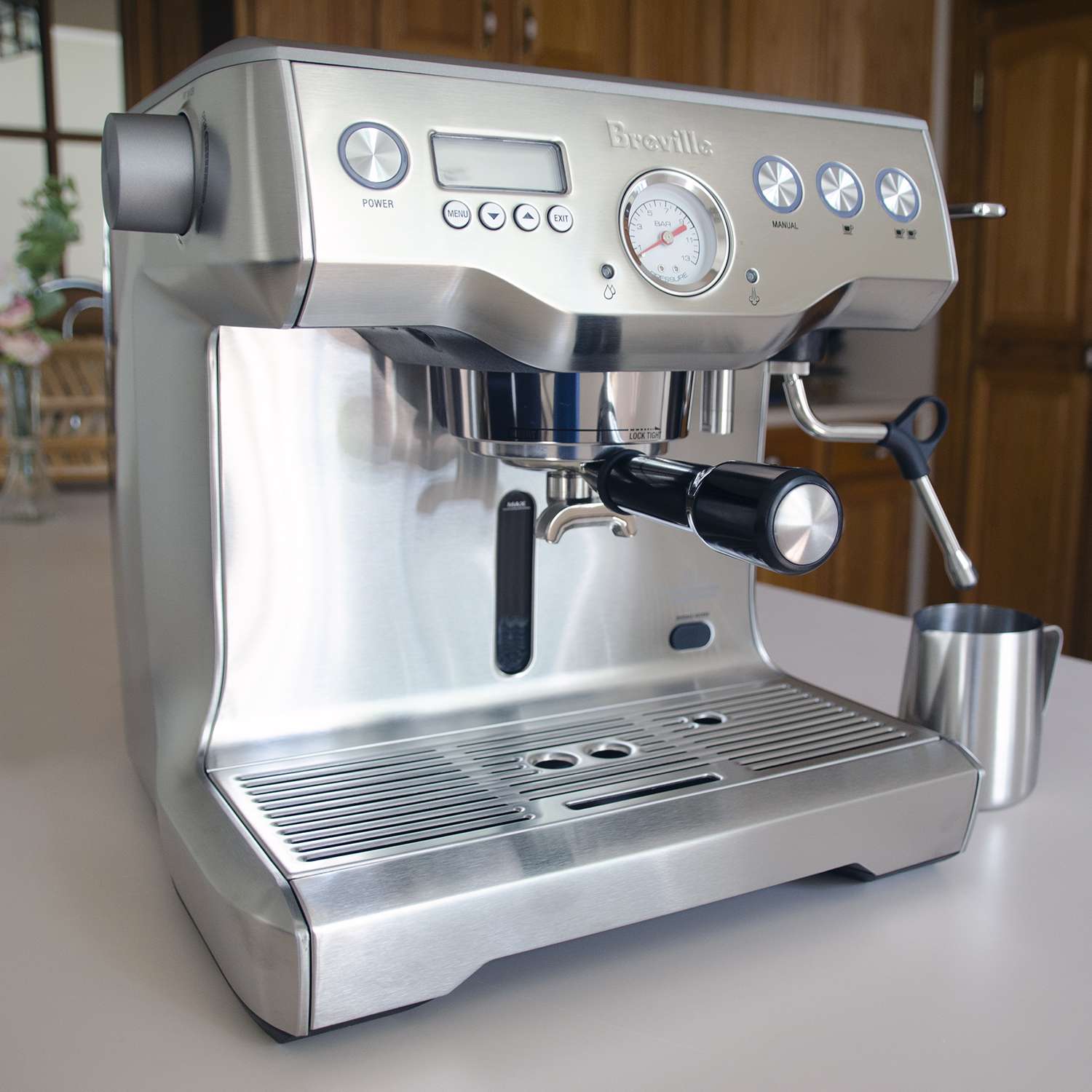
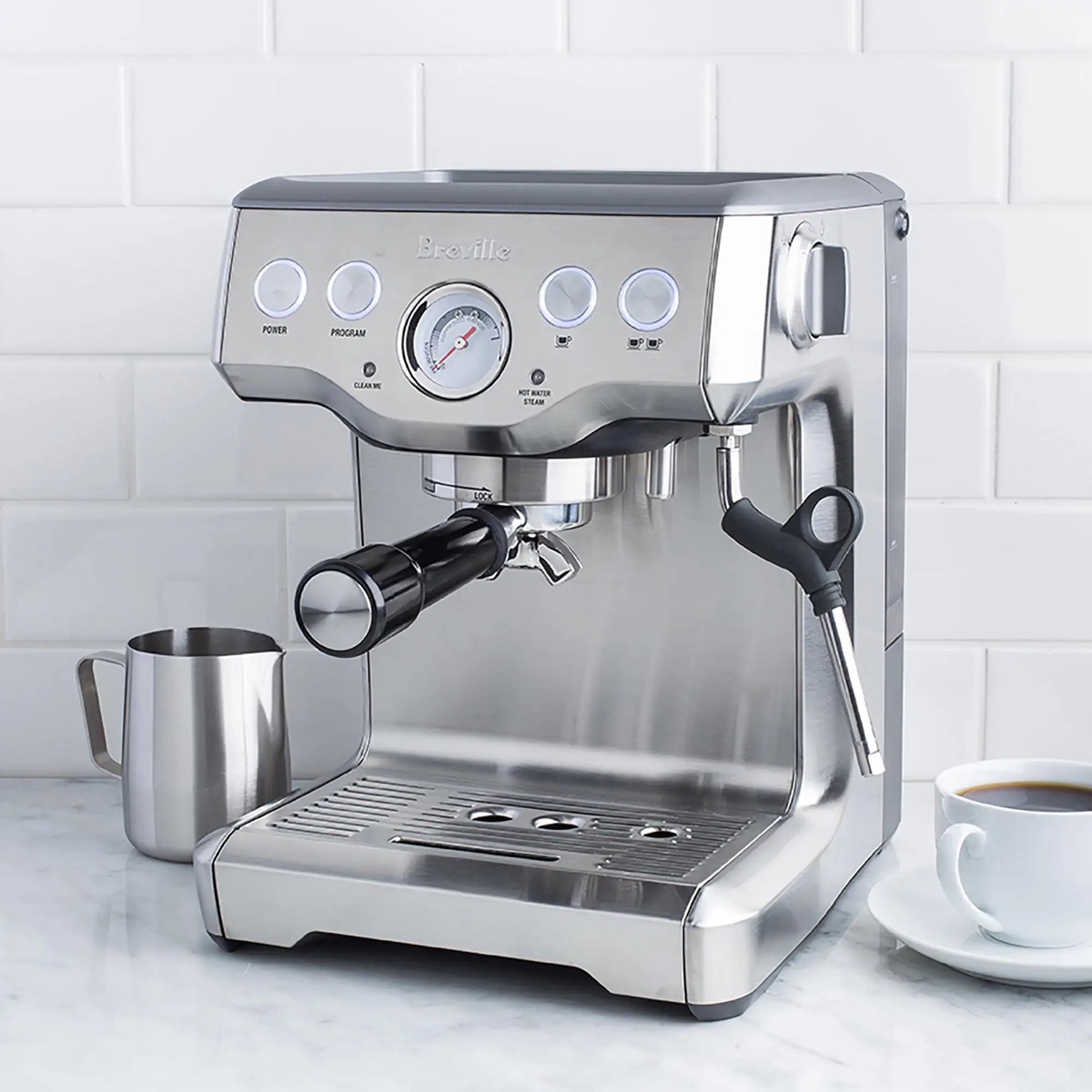
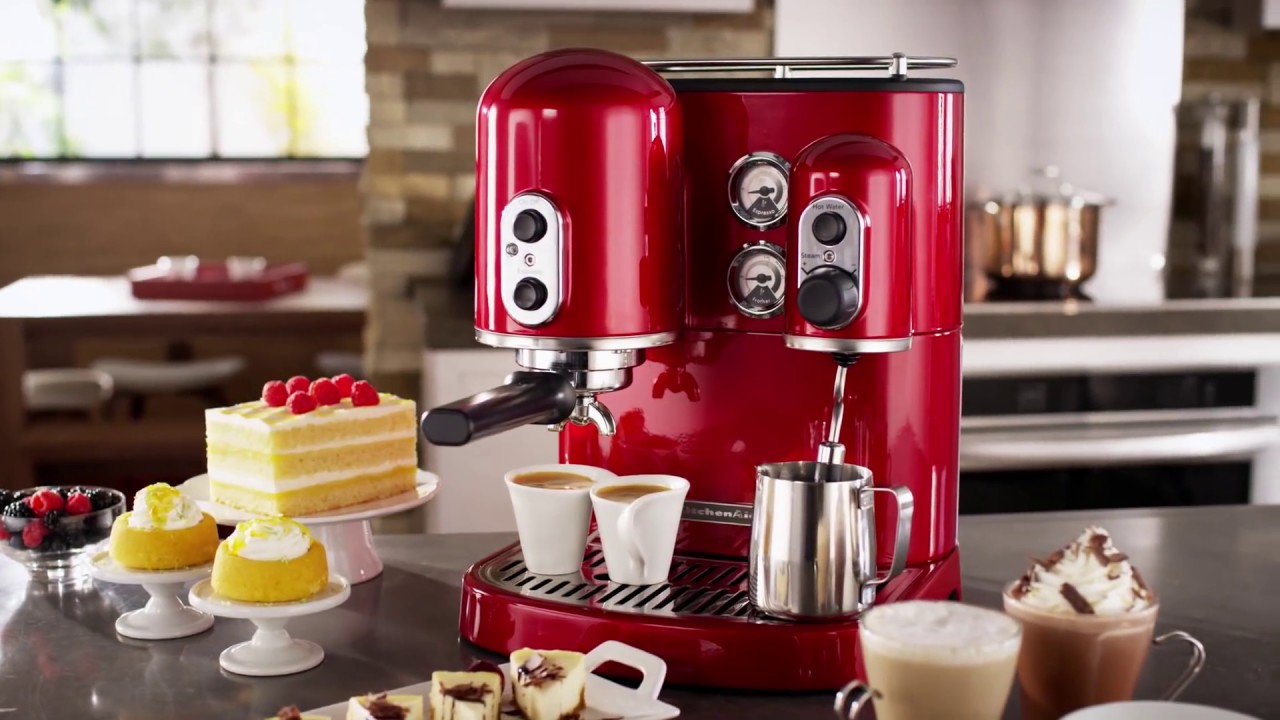
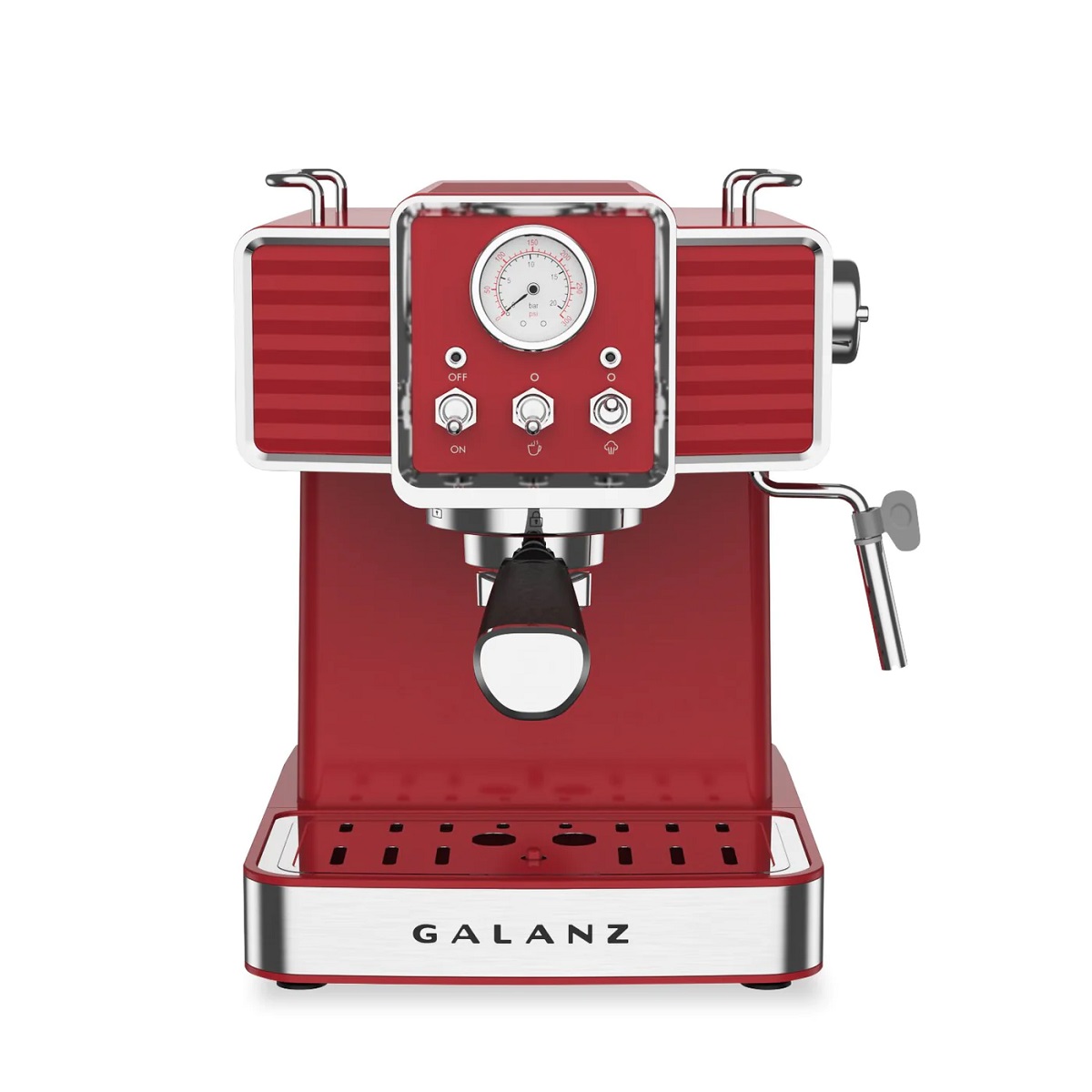
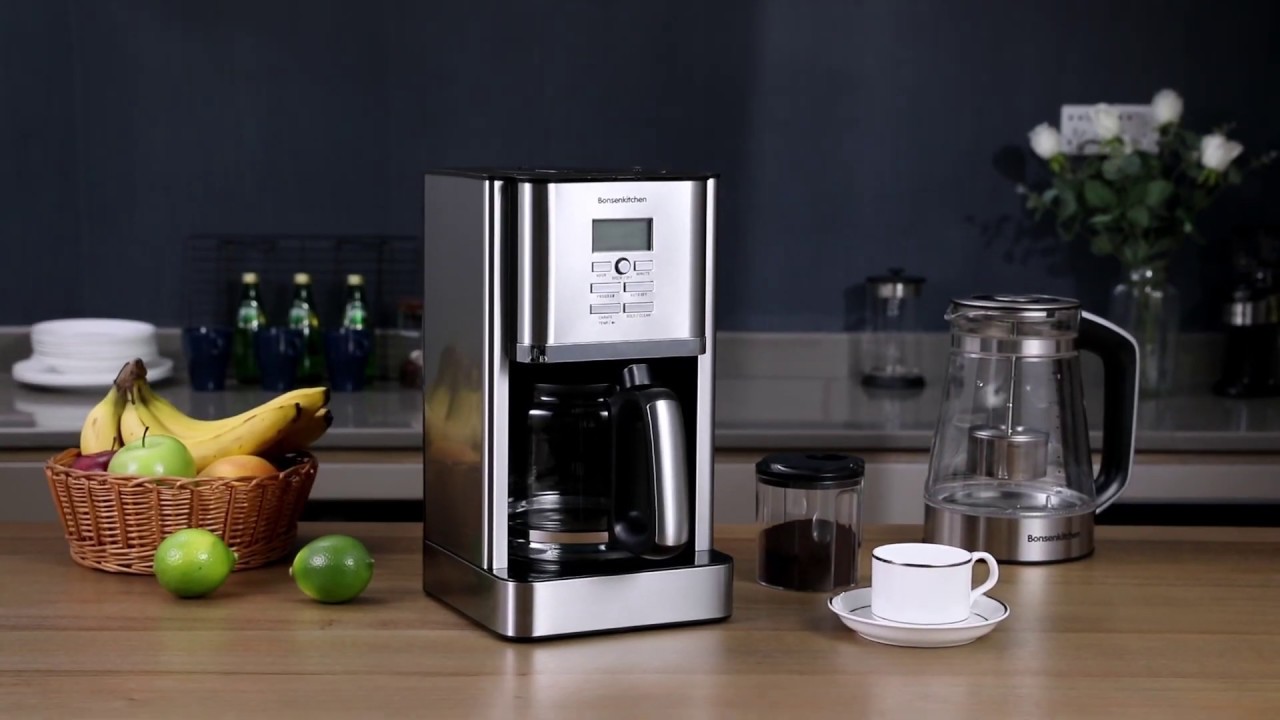
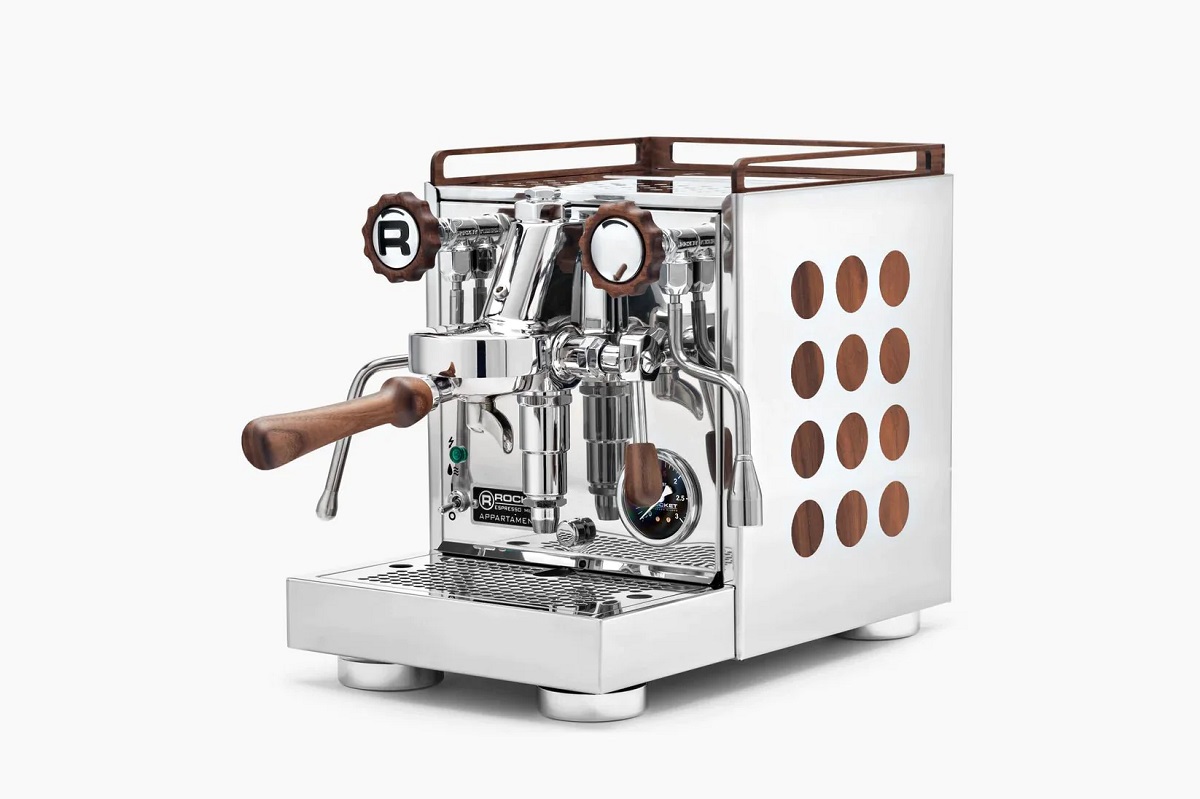
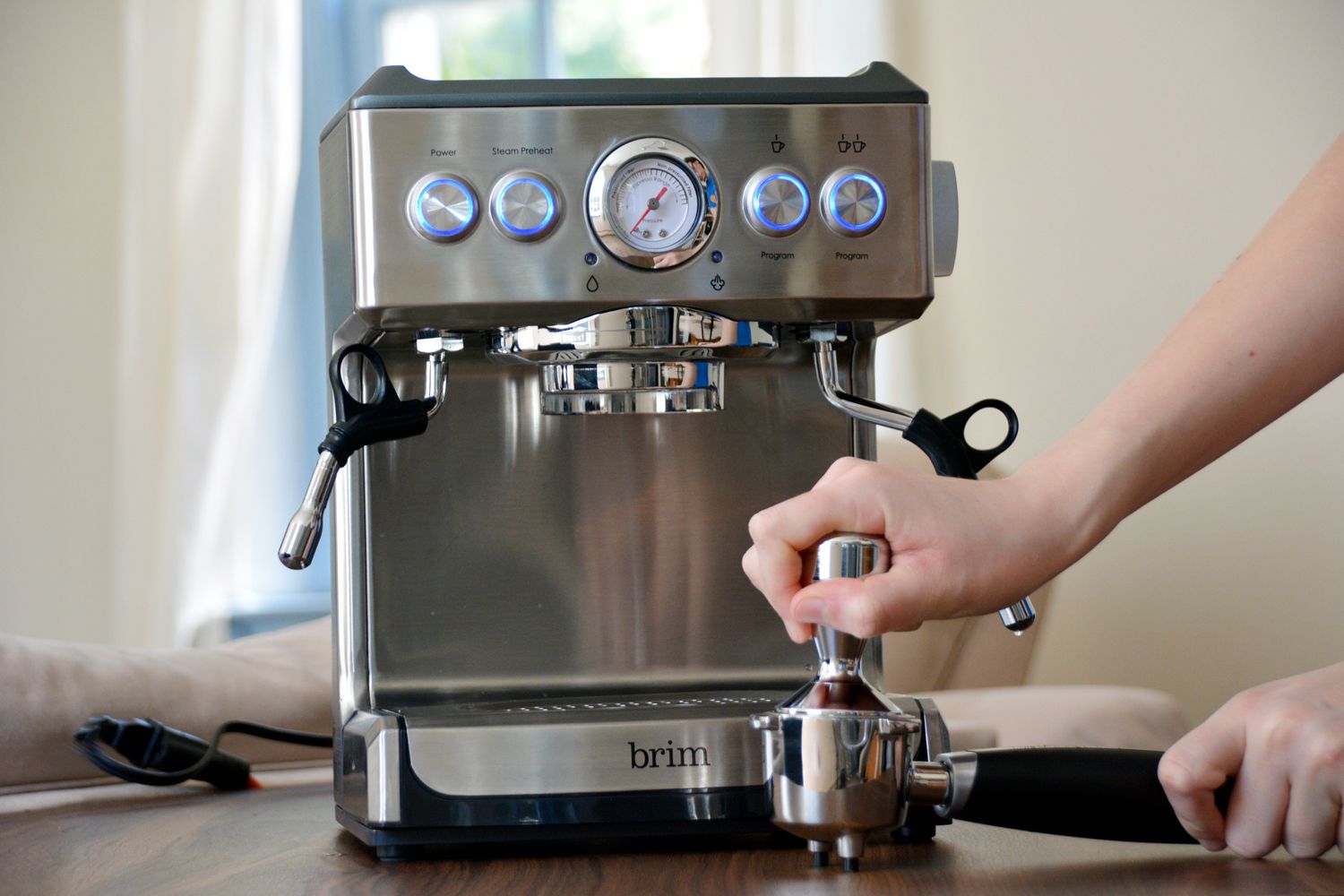
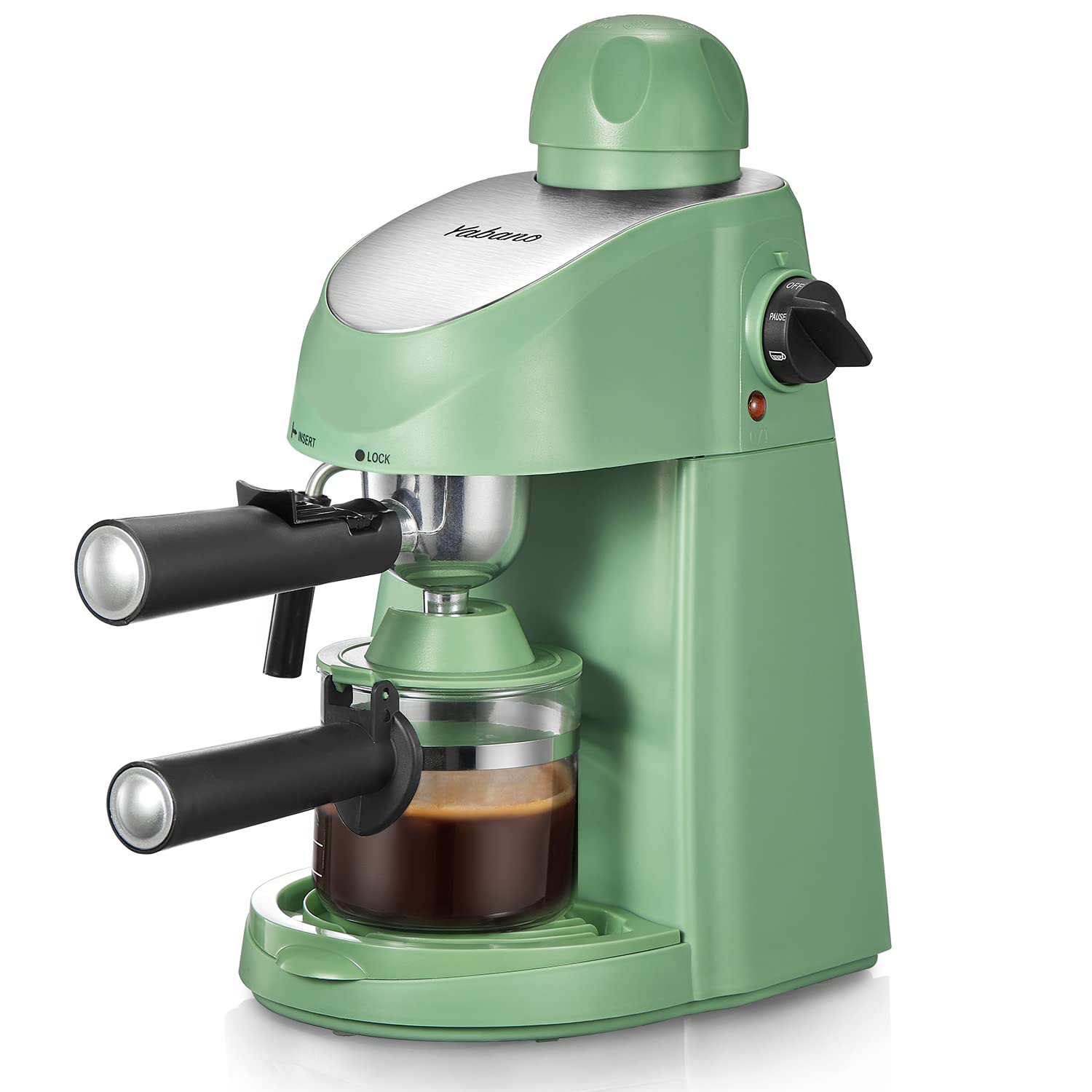

0 thoughts on “How To Use The Breville Espresso Machine”